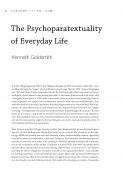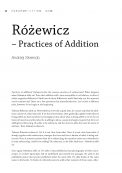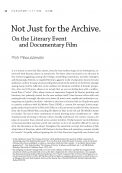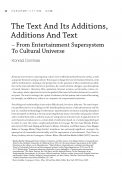The Psychoparatextuality of Everyday Life

A funny thing happened when I was flipping through my PDF of Genette’s Paratexts. I was scrolling through the “pages” when suddenly, around page 160, the PDF stopped displaying text. The next three hundred pages were blank. (...)








